Cephalexin

Cephalexin (brand names Rilexine®, Keflex®, Vetolexin®) is an oral antibiotic used to treat pyoderma and other bacterial skin infections in dogs and is used off-label in cats to treat pyoderma and other types of skin infections. It is sometimes used off-label to treat urinary tract infections in cats and dogs. Side effects of cephalexin are rare and usually mild.
Cefpodoxime
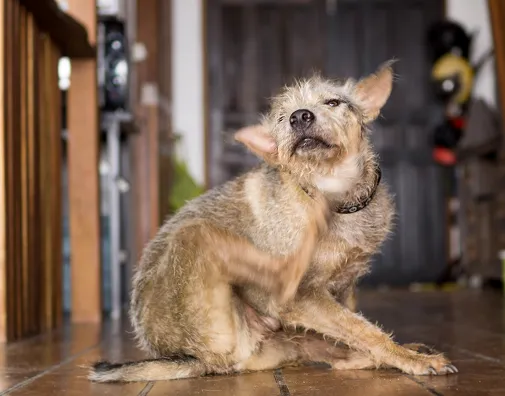
Cefpodoxime is a third-generation cephalosporin antibiotic used to treat skin infections in dogs. It is also used off-label in cats and to treat other types of infection. It is given orally in tablet or liquid form. Side effects are uncommon. If a negative reaction occurs, contact your veterinarian.
Biological Response Modifiers
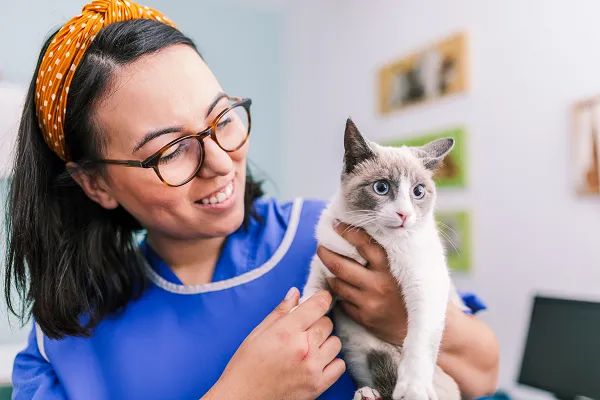
Biological response modifiers (BRMs) are naturally occurring substances that are used to treat diseases, infections, or chronic itchiness or pain, by affecting the immune system and how it works. They are mostly used to treat some cancers, immune-mediated diseases, and infections. Most BRMs are administered in the hospital under veterinary supervision. Side effects vary but may include fever, stomach upset, tiredness, or allergic reactions.
Applying Eye Drops to Dogs
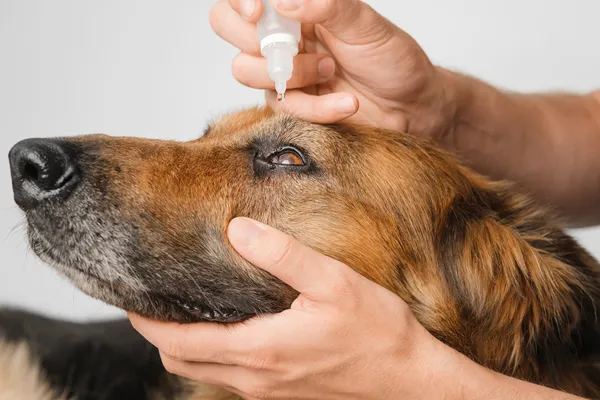
The proper administration of eye medications is essential for your pet’s prompt recovery. Make sure you carefully read the label and understand the prescription instructions. If you have any questions, contact your veterinarian for clarification.
Cranial Cruciate Ligament Repair: Extracapsular Repair

The traditional extracapsular lateral suture ECLS technique is the oldest surgical correction for cranial cruciate ligament (CCL) injury in dogs. The name of the procedure originates from the fact that the joint is stabilized outside the joint capsule (externally). CCL repair surgery typically begins with an initial examination of the inside of the knee. Both the traditional ECLS and the Tight Rope® procedures are considered extracapsular or external repairs of CCL injury. Both yield similar results with similarly low risks.
Cherry Eye in Dogs
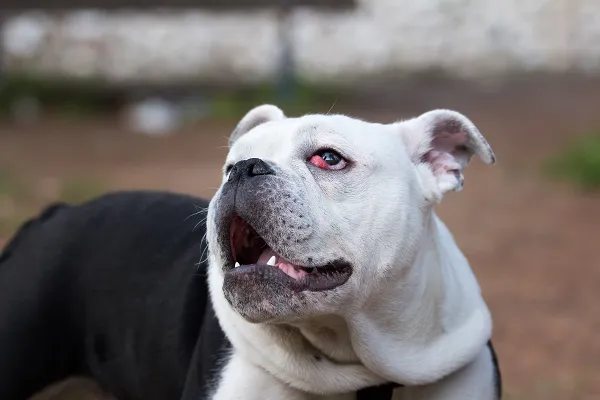
Cherry eye is a common name for a prolapsed third eyelid gland. The gland is mainly responsible for tear production in the eye, and treatment is recommended to prevent long-term damage. Treatment involves surgical replacement of the gland, though some dogs will have a recurrence of the problem.
Care of Surgical Incisions in Dogs

The general instructions for incision care are the same for all surgical incisions. There may be some differences, however, depending on the type of surgery and the material used to close the incision. This handout is a guide to caring for your cat’s surgical incision(s) at home for optimal recovery.
Burr Tongue in Dogs

Burr tongue is the common name for burdock tongue (also called granular stomatitis or granulomatous glossitis) caused by ingestion of the burrs from the burdock plant. Burr tongue is most commonly seen in long-haired dogs when they accidentally traumatize their tongue and mouth on the burrs during grooming. The hooked scales of the burrs become embedded in the tongue and gums and cause an intense foreign body reaction. Affected dogs often have small red bumps on the tip and edges of their tongue, front of the lips and gums, and occasionally the base of the nose. Based on the severity of the condition, treatment ranges from letting the injuries heal on their own to administering antibiotics and pain medications, to surgical intervention.
Brain Injury in Dogs

Brain injuries are devastating and, unfortunately, often fatal. The typical signs of brain injury in a dog include altered consciousness that may signal bleeding in the skull, decreased blood flow to the brain, or fluid causing swelling within the brain itself. There are many potential causes of brain injury and treatment will always be determined by the underlying problem that led to the injury.
Brachycephalic Airway Syndrome in Dogs
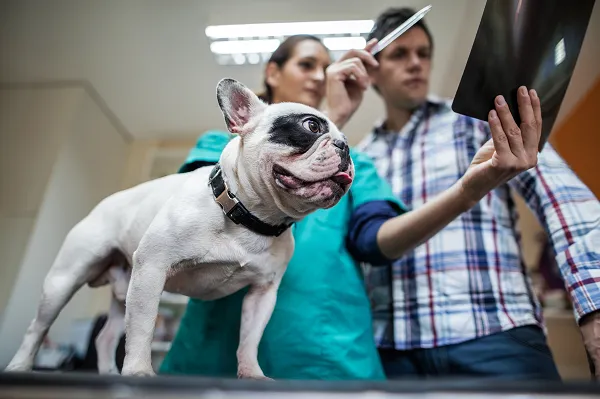
Brachycephalic airway syndrome refers to a particular set of upper airway abnormalities that affect brachycephalic dogs. The most common sign of the condition is mouth breathing and, in the long term, the increased effort associated with breathing can put a strain on the dog’s heart. Surgery is the treatment of choice whenever the anatomical abnormalities interfere with a dog’s breathing.

